
Huatulco: Mexico's Emerald Coast Gem
Discover Huatulco, Mexico's hidden coastal treasure, offering stunning beaches, vibrant culture, and eco-friendly adventures for an unforgettable vacation.
Nestled along Mexico's stunning Pacific coastline, Huatulco is a paradise waiting to be discovered. Known for its nine pristine bays and 36 golden beaches, Huatulco offers a perfect blend of natural beauty and authentic Mexican charm. Whether you're looking to relax on the sandy shores, explore vibrant underwater life, or hike through lush greenery, Huatulco has something for everyone. The town's main hub, La Crucecita, is a quaint and colorful area filled with local shops, restaurants, and markets. Here, you can sample traditional Oaxacan cuisine, buy handmade crafts, and experience the warm hospitality of the locals. Don't miss the iconic church in the town square, featuring a beautiful painting of the Virgin of Guadalupe on its ceiling. For adventure seekers, Huatulco's national park offers an array of activities such as bird watching, snorkeling, and hiking. The park is home to diverse flora and fauna, providing a perfect backdrop for nature enthusiasts. Additionally, the nearby waterfalls, like the Copalita Waterfalls, are a must-visit for those wanting to explore beyond the beaches. Huatulco is also committed to sustainability and eco-tourism. The region's efforts to preserve its natural beauty make it an ideal destination for environmentally-conscious travelers. With its breathtaking landscapes, rich cultural heritage, and a plethora of activities, Huatulco promises an unforgettable experience for every visitor.
Local tips in Huatulco
- Visit the local markets in La Crucecita for unique souvenirs and authentic Oaxacan foods.
- Take a boat tour to explore the nine bays and find secluded beaches perfect for a quiet day.
- Don't forget to pack reef-safe sunscreen to protect Huatulco's marine life while snorkeling or diving.
- Hire a local guide for a tour of the national park to fully appreciate the area's biodiversity.
- Try to visit during the dry season (November to April) for the best weather conditions.
Huatulco: Mexico's Emerald Coast Gem
Nestled along Mexico's stunning Pacific coastline, Huatulco is a paradise waiting to be discovered. Known for its nine pristine bays and 36 golden beaches, Huatulco offers a perfect blend of natural beauty and authentic Mexican charm. Whether you're looking to relax on the sandy shores, explore vibrant underwater life, or hike through lush greenery, Huatulco has something for everyone. The town's main hub, La Crucecita, is a quaint and colorful area filled with local shops, restaurants, and markets. Here, you can sample traditional Oaxacan cuisine, buy handmade crafts, and experience the warm hospitality of the locals. Don't miss the iconic church in the town square, featuring a beautiful painting of the Virgin of Guadalupe on its ceiling. For adventure seekers, Huatulco's national park offers an array of activities such as bird watching, snorkeling, and hiking. The park is home to diverse flora and fauna, providing a perfect backdrop for nature enthusiasts. Additionally, the nearby waterfalls, like the Copalita Waterfalls, are a must-visit for those wanting to explore beyond the beaches. Huatulco is also committed to sustainability and eco-tourism. The region's efforts to preserve its natural beauty make it an ideal destination for environmentally-conscious travelers. With its breathtaking landscapes, rich cultural heritage, and a plethora of activities, Huatulco promises an unforgettable experience for every visitor.
When is the best time to go to Huatulco?
Iconic landmarks you can’t miss
Parque Nacional Huatulco
Discover the breathtaking beauty of Parque Nacional Huatulco, where stunning beaches meet vibrant ecosystems in a tropical paradise.
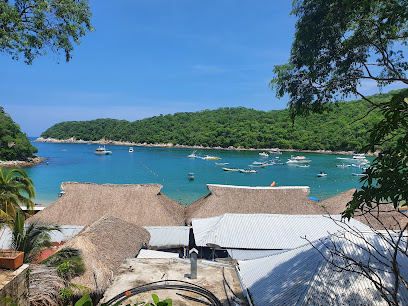
Hagia Sofia Huatulco
Explore the breathtaking ecological wonders of Hagia Sofia Huatulco, a tranquil retreat in Oaxaca's stunning coastal region.
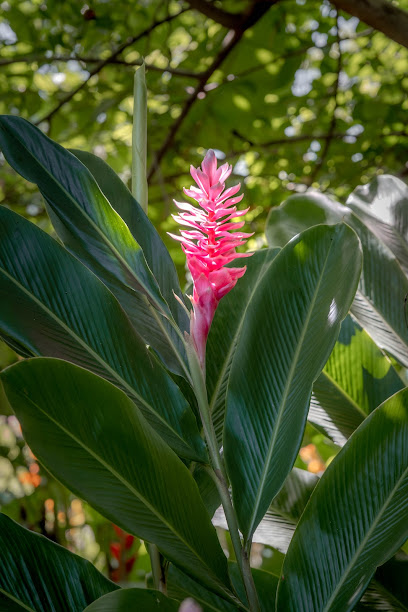
Bahías de Huatulco
Explore the breathtaking beauty of Bahías de Huatulco, a paradise of stunning bays and rich cultural experiences in Oaxaca, Mexico.
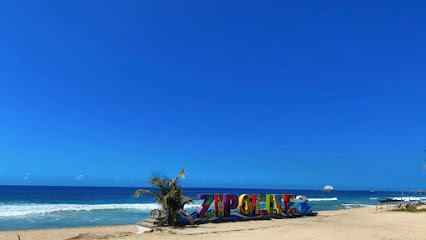
Mercado Antiguo de Santa María Huatulco
Discover the vibrant Mercado Antiguo de Santa María Huatulco, a historical market rich in culture, crafts, and local delicacies in Oaxaca's coastal paradise.
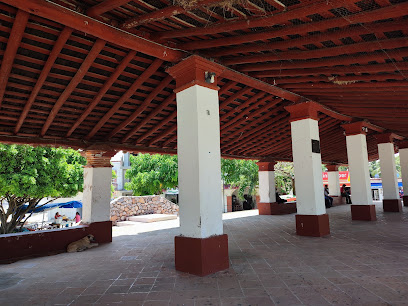
Unmissable attractions to see
Playa La Entrega
Explore the natural beauty and vibrant marine life of Playa La Entrega, a stunning beach in Huatulco, Oaxaca, perfect for relaxation and adventure.
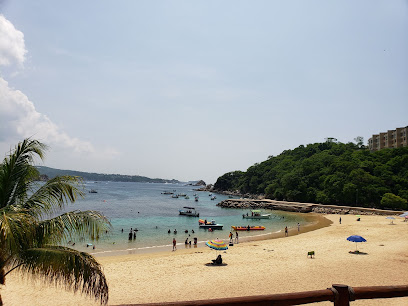
Parque Nacional Huatulco
Explore the breathtaking beauty and diverse ecosystems of Parque Nacional Huatulco, a stunning national park in Oaxaca, Mexico.
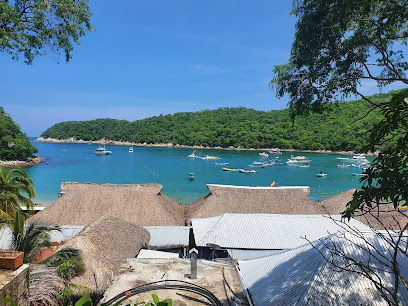
Lighthouse Bays of Hautulco
Discover the breathtaking Lighthouse Bays of Huatulco, a scenic paradise of stunning landscapes and vibrant marine life along Mexico's Pacific coast.
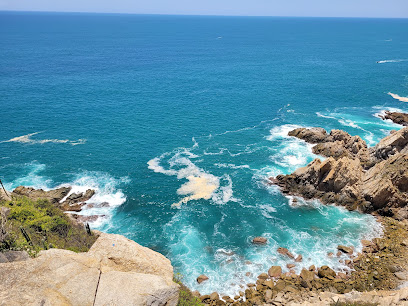
Mirador de Huatulco
Discover the scenic beauty of Huatulco Bay from the stunning Mirador de Huatulco, a must-see for every traveler in Oaxaca.

Playa La Bocana
Experience the beauty and tranquility of Playa La Bocana, a pristine public beach in Santa María Huatulco, perfect for relaxation and adventure.
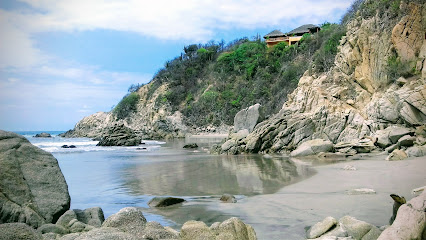
Playa Maguey-Parque Nacional Huatulco
Discover the breathtaking beauty of Playa Maguey, a serene beach in Parque Nacional Huatulco, perfect for sunbathing, snorkeling, and savoring local cuisine.
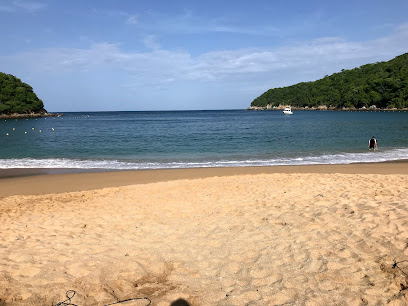
San Agustin snorkel bay
Explore the stunning San Agustin Snorkel Bay, a paradise of vibrant marine life and breathtaking scenery in Oaxaca, perfect for snorkeling and relaxation.
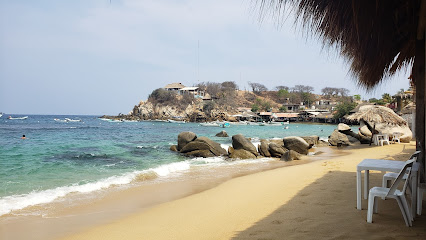
Cascadas Magicas de Copalitilla
Experience the breathtaking beauty of Cascadas Magicas de Copalitilla, a natural wonder filled with cascading waterfalls and lush landscapes in Oaxaca, Mexico.
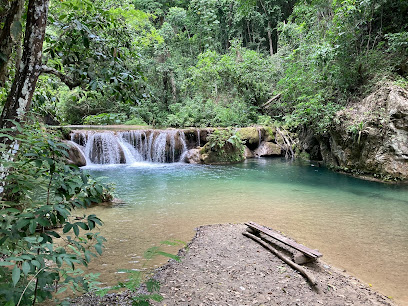
Tourist Corridor La Crucecita
Discover the vibrant Tourist Corridor La Crucecita in Oaxaca, where culture, cuisine, and coastal beauty come together for an unforgettable experience.
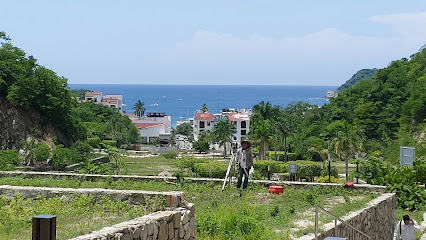
Las Letras de Huatulco
Explore the artistic charm of Las Letras de Huatulco, a vibrant cultural attraction in Oaxaca, where history and creativity beautifully intertwine.
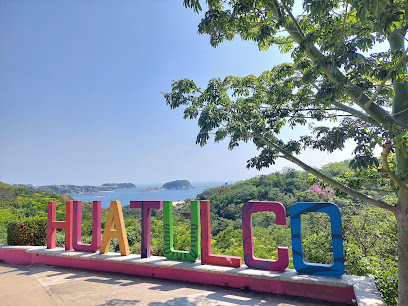
Hagia Sofia Huatulco
Explore the ecological beauty and cultural richness of Hagia Sofia Huatulco, a serene park nestled in Oaxaca's stunning coastal landscape.
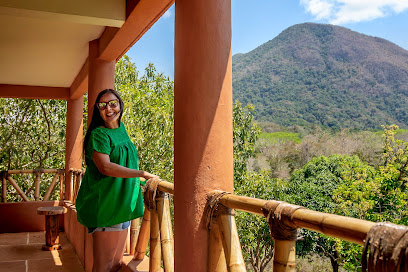
Dársena Bahía Santa Cruz, Huatulco
Discover the tranquil beauty and vibrant culture of Dársena Bahía Santa Cruz in Huatulco, a perfect getaway for relaxation and adventure.

Bahías de Huatulco
Experience the breathtaking beauty of Bahías de Huatulco, a coastal paradise in Oaxaca filled with stunning beaches, rich culture, and adventure.
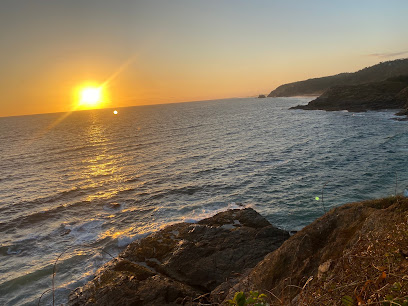
Playa la Esperanza
Explore the hidden gem of Playa la Esperanza, a serene beach in Huatulco, Oaxaca, perfect for relaxation and adventure amidst stunning natural beauty.
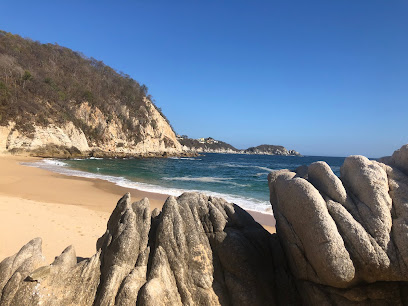
Playa cacaluta
Discover the untouched beauty of Playa Cacaluta, a serene beach in Huatulco, Oaxaca, perfect for relaxation and adventure seekers alike.
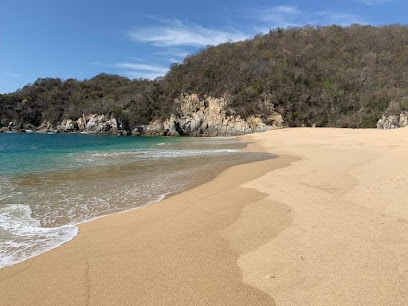
Essential places to dine
Terra-Cotta
Experience authentic Mexican flavors at Terra-Cotta in Bahías de Huatulco - where every dish tells a story.
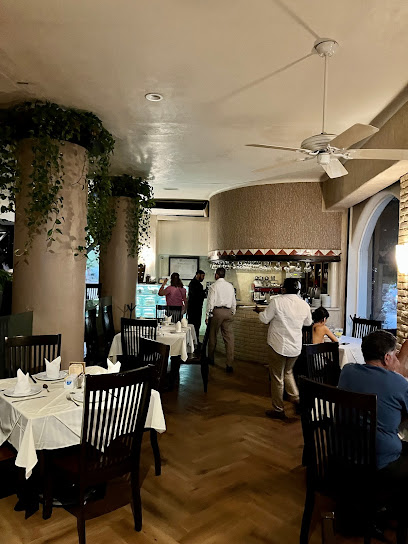
Mareña
Discover Mareña: A top-rated restaurant in Santa María Huatulco offering exquisite local and international cuisine amidst a vibrant atmosphere.
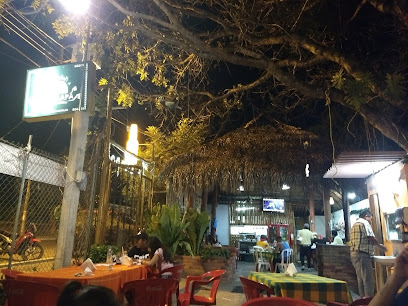
Buena Vibra - Cocina Tropical
Discover authentic tropical cuisine at Buena Vibra - Cocina Tropical in Santa María Huatulco, where vibrant flavors meet warm hospitality.
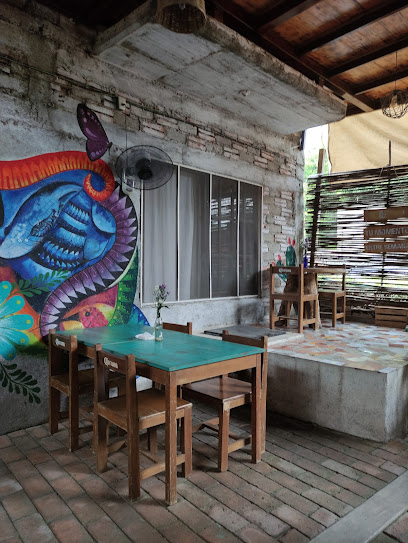
El Huanacaxtle
Experience authentic Oaxacan cuisine at El Huanacaxtle, where every taco tells a story of tradition and flavor.
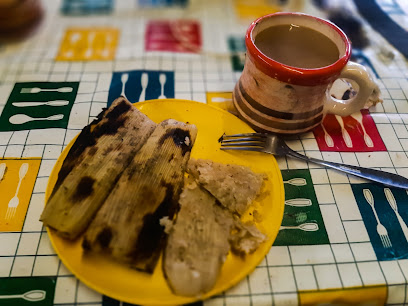
Antojitos Doña Julia
Experience authentic Mexican cuisine at Antojitos Doña Julia in Santa María Huatulco – where every dish tells a story.
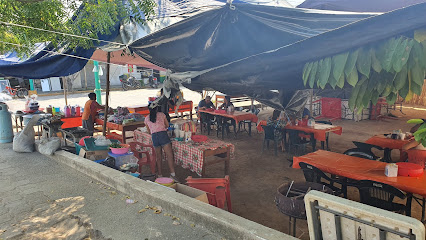
Marisquería La Red De Carlitos
Experience authentic seafood cuisine at Marisquería La Red De Carlitos in Santa María Huatulco – where freshness meets flavor in every dish.
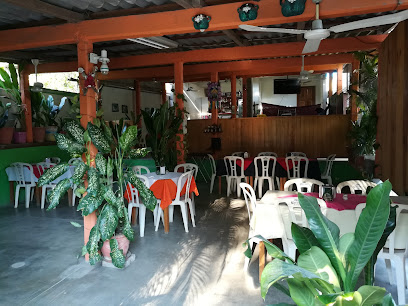
EL TAQUITO SABROSO
Experience the heart of Oaxacan cuisine at El Taquito Sabroso – where every taco tells a story.
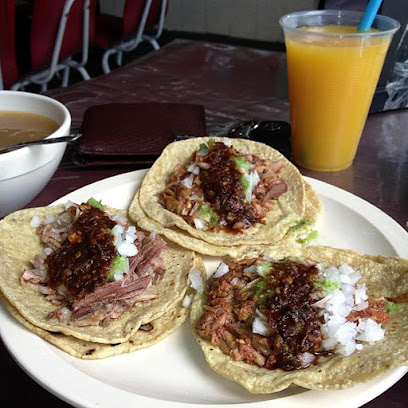
The Snack House
Experience authentic Oaxacan flavors at The Snack House in Santa María Huatulco – where every dish tells a story.
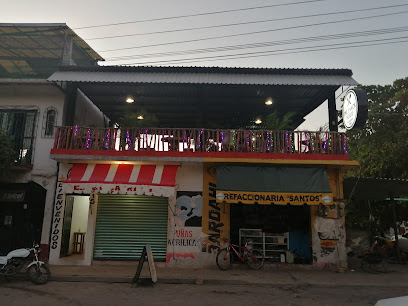
La Fragua Del Abuelo Chelo
Experience authentic Oaxacan flavors at La Fragua Del Abuelo Chelo in Santa María Huatulco - where tradition meets culinary excellence.

Las Flores
Discover authentic Oaxacan flavors at Las Flores in Santa María Huatulco—where tradition meets culinary creativity.
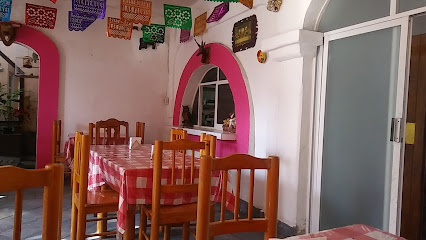
Quinta luna Restaurant | Cafetería
Experience authentic Oaxacan flavors at Quinta Luna Restaurant in Santa María Huatulco, where great food meets exceptional coffee.
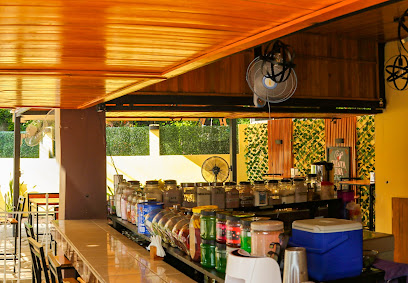
Tacos La Huatulqueña
Discover the vibrant flavors of Mexico at Tacos La Huatulqueña in Santa María Huatulco – a taco lover's paradise!
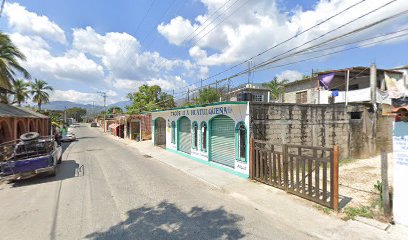
El Oasis
Discover El Oasis in Santa María Huatulco - a top destination for fresh seafood and authentic flavors amidst stunning coastal scenery.
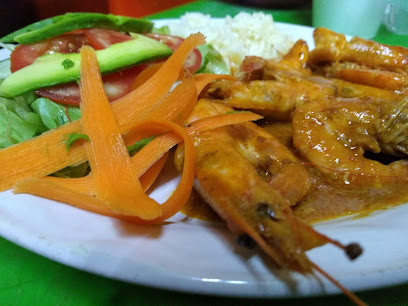
El Molcajete
Experience fresh seafood delights at El Molcajete in Santa María Huatulco—where every bite captures the essence of coastal cuisine.
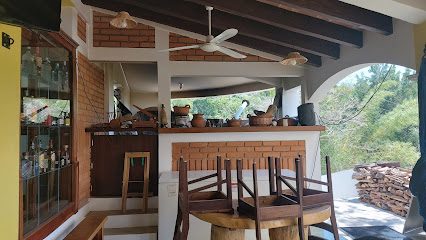
Restaurante el Huayacán
Discover exquisite seafood delicacies at Restaurante el Huayacán in Bahía Santa Cruz – where every bite tells a story of oceanic delight.
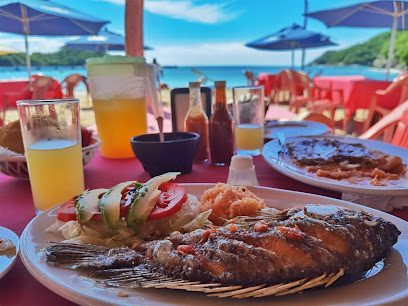
Markets, malls and hidden boutiques
CHEDRAUI HUATULCO
Experience the vibrant local culture at Chedraui Huatulco, your essential shopping destination for fresh produce, local delicacies, and more.
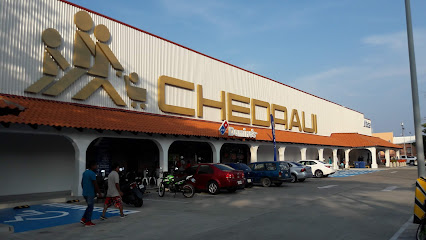
Soriana Híper Huatulco
Discover a vast array of local and international products at Soriana Híper Huatulco, the ultimate shopping destination for tourists in Oaxaca.
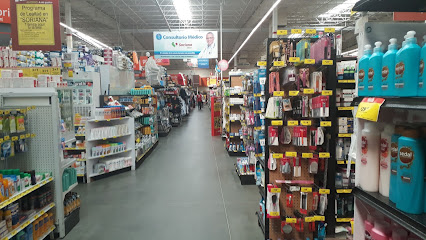
Café Casa Mayor
Experience the vibrant flavors of Oaxaca at Café Casa Mayor, a top destination for breakfast and coffee lovers in La Crucecita.

La Botanita Deli Snac Huatulco
Discover the flavors of Huatulco at La Botanita Deli Snac, where delicious brunch meets local charm in a vibrant setting.

Buceo Huatulco
Explore the vibrant underwater world of Huatulco at Buceo Huatulco, where adventure meets stunning marine beauty.
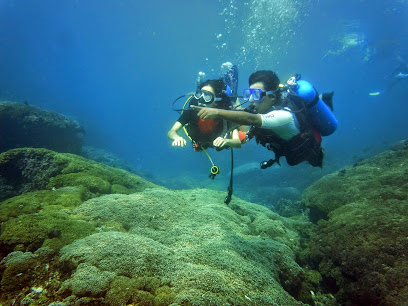
Museo De Artesanías Oaxaqueñas.
Discover the rich artisan traditions of Oaxaca at Museo De Artesanías Oaxaqueñas, where local craftsmanship comes to life.
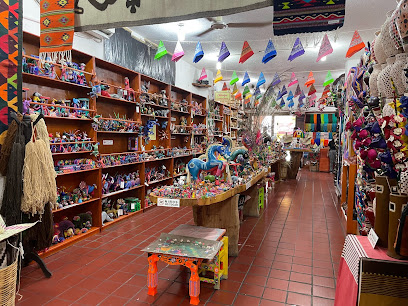
El Buen Mezcal
Discover the essence of Oaxaca at El Buen Mezcal, where authentic mezcals and cultural heritage come together in Bahías de Huatulco.
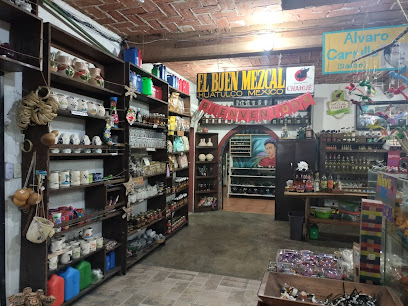
Mexicana de Abarrotes Ruiz Huatulco
Discover the heart of local shopping at Mexicana de Abarrotes Ruiz Huatulco, where authentic Mexican ingredients meet vibrant community life.
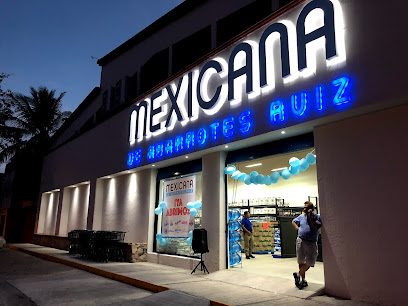
Huatulco Surf Co.
Explore the best surf gear and beach apparel at Huatulco Surf Co., your ultimate destination for surfing adventures in beautiful Bahias de Huatulco.
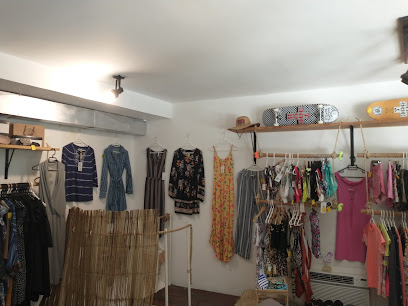
Starbucks
Experience the comforting ambiance of Starbucks in La Crucecita, where quality coffee meets local charm in the heart of Oaxaca.
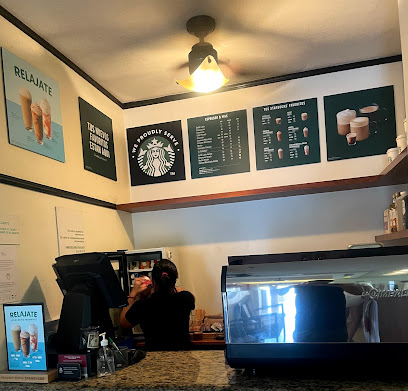
Churros Break Huatulco
Experience the ultimate churros indulgence at Churros Break Huatulco - where crispy meets fluffy in a delicious Mexican treat.
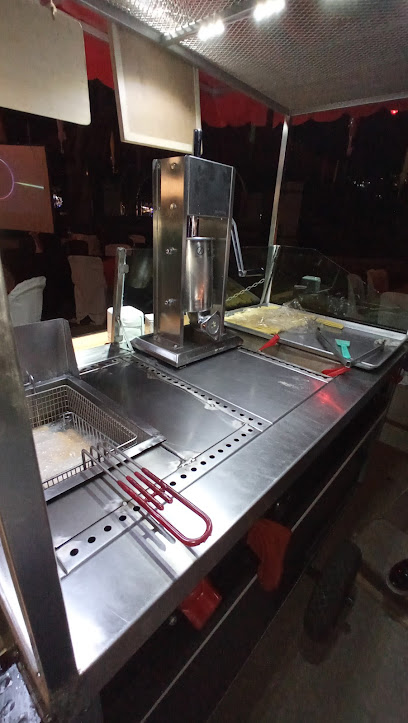
Simple
Explore the vibrant flavors of Huatulco at Simple Deli, where fresh ingredients meet delightful culinary creativity.
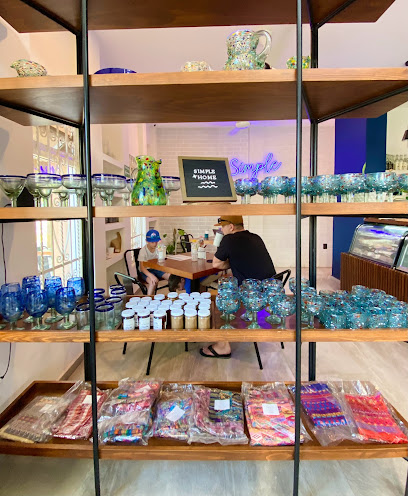
Caracol Boutique
Explore Caracol Boutique in La Crucecita for a unique shopping experience that blends local art, fashion, and culinary delights in Oaxaca.
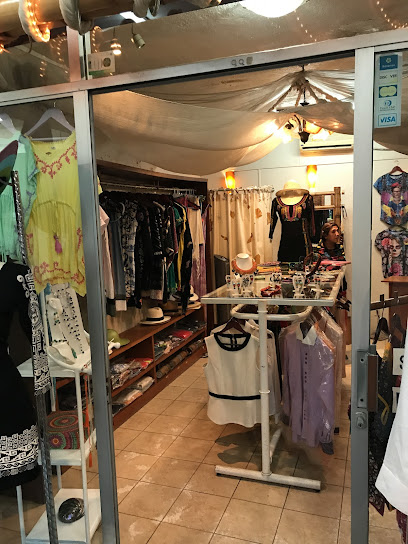
Cafésurf
Discover the ultimate surf experience at Cafésurf in Santa Cruz Huatulco, where waves meet community and adventure awaits!
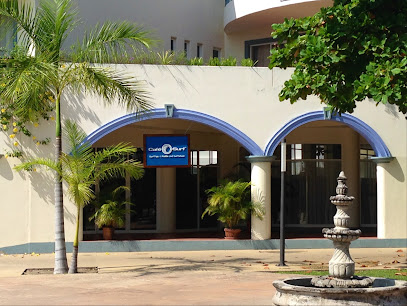
Playa cacaluta
Playa Cacaluta: A breathtaking beach in Huatulco, Mexico, perfect for relaxation, swimming, and exploring nature's beauty.
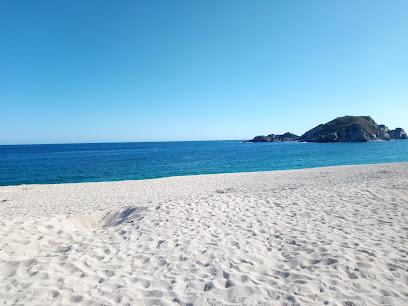
Essential bars & hidden hideouts
La Crema Bar
Experience the vibrant culinary scene at La Crema Bar, where grilled delights and refreshing drinks await in the heart of Huatulco.
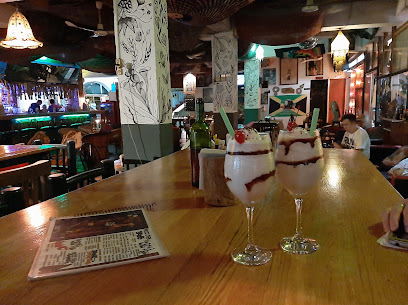
El Grillo Marinero
Experience authentic Mexican seafood at El Grillo Marinero, where fresh flavors and a lively atmosphere await in La Crucecita, Oaxaca.

Terra-Cotta
Discover the exquisite culinary delights of Terra-Cotta, a top restaurant in Bahías de Huatulco, where every meal is a special occasion.
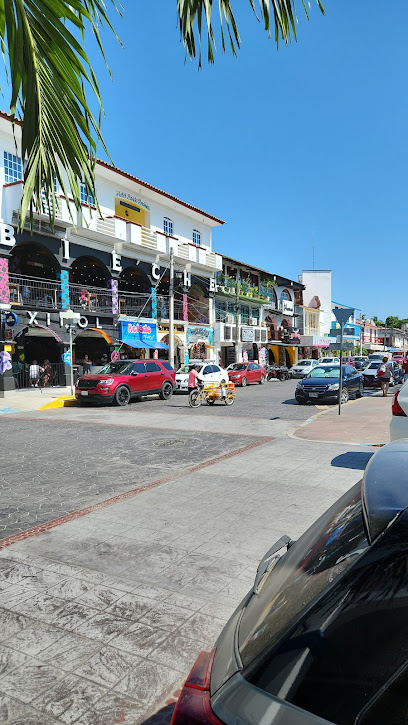
La Papaya
Experience the vibrant nightlife of Huatulco at La Papaya, where music, dancing, and unforgettable memories await.
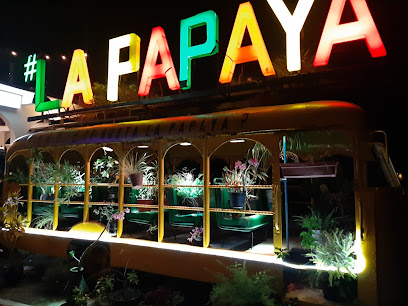
The Barrel
Experience the vibrant nightlife and culinary delights at The Barrel, a premier bar and restaurant in Bahias de Huatulco.
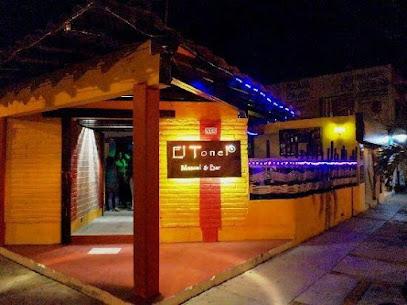
Ocean Restaurant Huatulco
Experience the best of coastal dining at Ocean Restaurant Huatulco, where fresh flavors and stunning views await every visitor.
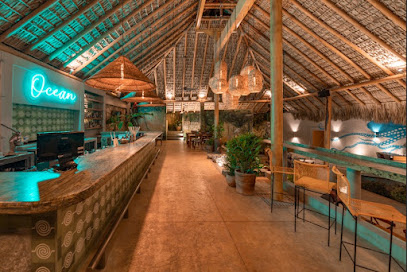
La Incondicional mezcala y cheleria
Experience the vibrant nightlife at La Incondicional, Huatulco's premier bar for mezcal and craft beer lovers, nestled in La Crucecita.
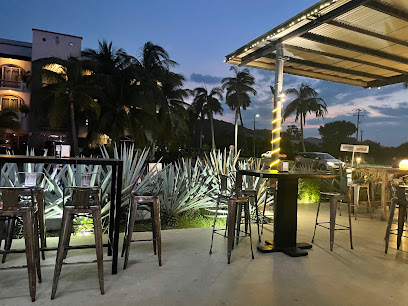
Camelot Medieval Bar
Experience a magical night of karaoke and medieval charm at Camelot Medieval Bar in La Crucecita, Oaxaca, where every song tells a story.
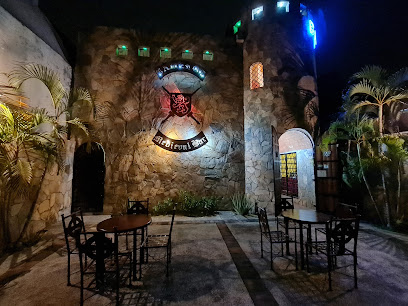
MAZ+MEZCAL
Discover the vibrant charm of MAZ+MEZCAL, a lively bar and restaurant in La Crucecita, offering authentic Oaxacan flavors and a rich selection of mezcal.
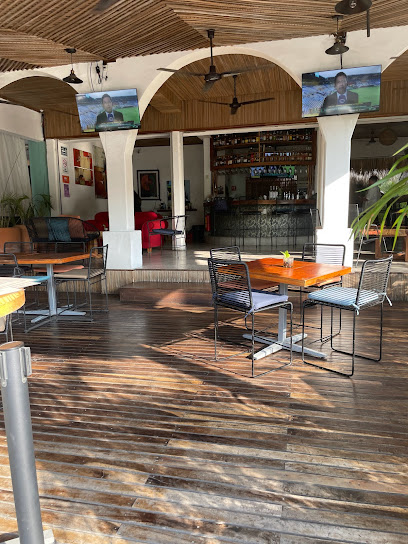
A Mi Manera Bar
Experience the vibrant nightlife of Huatulco at A Mi Manera Bar, where local flavors and friendly faces create unforgettable memories.
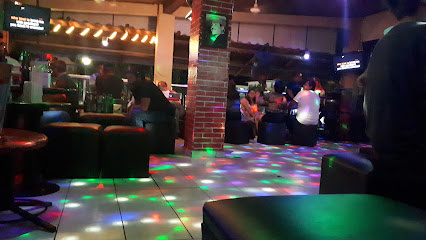
SUGAR DISCO FRIENDLY
Experience the vibrant nightlife at SUGAR DISCO FRIENDLY, Huatulco's premier disco club with lively music and a welcoming atmosphere.

Curandero Huatulco
Discover vibrant nightlife at Curandero Huatulco, where tropical drinks meet a lively atmosphere in the heart of Oaxaca's coastal paradise.
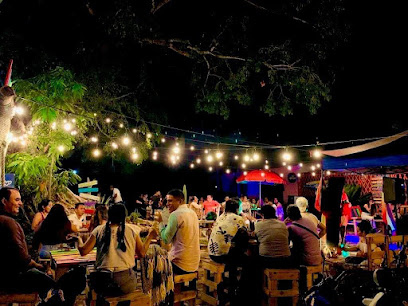
Scroggie's South Mexico
Experience the vibrant nightlife at Scroggie's South Mexico, a premier bar in La Crucecita known for its cocktails and friendly ambiance.
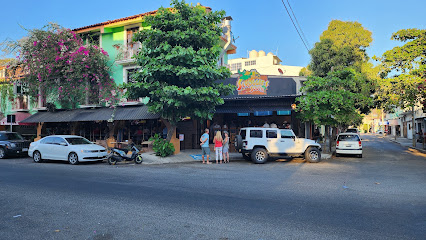
El Charro
Experience the vibrant spirit of Oaxaca at El Charro, the top karaoke bar in La Crucecita, where music and laughter fill the air.
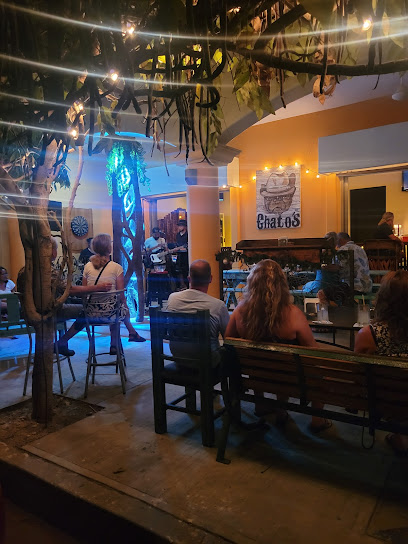
Coco's Pool Bar & Food
Experience the tropical charm of Coco's Pool Bar & Food in Santa María Huatulco, where refreshing drinks and delicious cuisine meet a relaxing atmosphere.
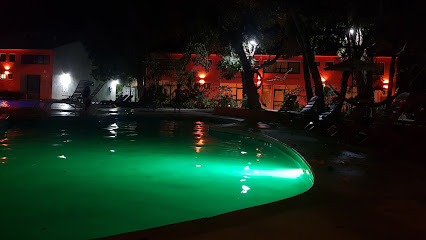
Local Phrases about Huatulco
-
- HelloHola
[oh-la] - GoodbyeAdiós
[ah-dee-ohs] - YesSí
[see] - NoNo
[noh] - Please/You're welcomePor favor/De nada
[por fah-vor/de nah-dah] - Thank youGracias
[grah-see-yas] - Excuse me/SorryPerdón/Lo siento
[pair-dohn/lo see-en-toh] - How are you?¿Cómo estás?
[koh-moh eh-stahs] - Fine. And you?Bien. ¿Y tú?
[byen. ee too] - Do you speak English?¿Hablas inglés?
[ah-blahs een-glays] - I don't understandNo entiendo
[noh en-tee-en-doh]
- HelloHola
-
- I'd like to see the menu, pleaseMe gustaría ver el menú, por favor
[may goo-stah-ree-ah ver el meh-noo, por fah-vor] - I don't eat meatNo como carne
[noh koh-moh kahr-neh] - Cheers!¡Salud!
[sah-lood] - I would like to pay, pleaseMe gustaría pagar, por favor
[may goo-stah-ree-ah pah-gar, por fah-vor]
- I'd like to see the menu, pleaseMe gustaría ver el menú, por favor
-
- Help!¡Ayuda!
[ah-yoo-dah] - Go away!¡Vete!
[veh-teh] - Call the Police!¡Llama a la policía!
[yah-mah ah lah poh-lee-see-ah] - Call a doctor!¡Llama a un doctor!
[yah-mah ah oon dohk-tohr] - I'm lostEstoy perdido
[ehs-toy pair-dee-doh] - I'm illEstoy enfermo
[ehs-toy ehn-fehr-moh]
- Help!¡Ayuda!
-
- I'd like to buy...Me gustaría comprar...
[may goo-stah-ree-ah kohm-prar...] - I'm just lookingSólo estoy mirando
[soh-loh ehs-toy mee-rahn-doh] - How much is it?¿Cuánto cuesta?
[kwan-toh kwehs-tah] - That's too expensiveEsto es demasiado caro
[ehs-toh ehs deh-mah-see-ah-doh kah-roh] - Can you lower the price?¿Puedes bajar el precio?
[pweh-dehs bah-har el preh-see-oh]
- I'd like to buy...Me gustaría comprar...
-
- What time is it?¿Qué hora es?
[keh oh-rah ehs] - It's one o'clockEs la una
[ehs lah oo-nah] - Half past (10)Las diez y media
[lahs d'yehs ee meh-dee-ah] - MorningMañana
[mah-nyah-nah] - AfternoonTarde
[tahr-deh] - EveningNoche
[noh-cheh] - YesterdayAyer
[ah-yehr] - TodayHoy
[oy] - TomorrowMañana
[mah-nyah-nah] - 1Uno
[oo-noh] - 2Dos
[dohs] - 3Tres
[trehs] - 4Cuatro
[kwah-troh] - 5Cinco
[seen-koh] - 6Seis
[says] - 7Siete
[see-eh-teh] - 8Ocho
[oh-choh] - 9Nueve
[nweh-veh] - 10Diez
[dyehs]
- What time is it?¿Qué hora es?
-
- Where's a/the...?¿Dónde está...?
[dohn-deh ehs-tah] - What's the address?¿Cuál es la dirección?
[kwal ehs lah dee-rehk-syon] - Can you show me (on the map)?¿Puedes mostrarme (en el mapa)?
[pweh-dehs mohs-trar-meh (en el mah-pah)] - When's the next (bus)?¿Cuándo pasa el próximo (autobús)?
[kwan-doh pah-sah el proh-ksee-moh (ow-toh-boos)] - A ticket (to ....)Un boleto (para ....)
[oon boh-leh-toh (pah-rah)]
- Where's a/the...?¿Dónde está...?
History of Huatulco
-
Before the arrival of the Spanish, the region now known as Huatulco was inhabited by the Mixtec and Zapotec civilizations. These indigenous groups thrived in the area, leaving behind archaeological sites and artifacts that provide a glimpse into their rich cultural heritage. The Mixtecs were known for their advanced skills in metallurgy and intricate codices, while the Zapotecs were renowned for their architectural prowess and development of a sophisticated calendar system.
-
In 1522, Spanish conquistador Hernán Cortés arrived in Huatulco, marking the beginning of Spanish colonization in the region. Cortés recognized the strategic importance of Huatulco's natural harbor and its potential as a trading port. The Spanish subsequently established a settlement and began exploiting the area's resources, including its valuable timber and fertile lands. The influence of Spanish culture and Catholicism began to permeate the region, leading to significant changes in the local way of life.
-
During the late 16th and early 17th centuries, Huatulco became a target for pirates and privateers. The natural harbor and strategic location made it an attractive spot for these seafaring marauders. Notable figures such as Sir Francis Drake and Thomas Cavendish are known to have attacked and looted the settlement. The constant threat of piracy led to the construction of defensive structures, some remnants of which can still be seen today.
-
By the 18th century, the port of Huatulco had fallen into decline due to shifting trade routes and the persistent threat of pirate attacks. The area largely remained a quiet fishing village until the 1980s when the Mexican government initiated the development of Huatulco as a major tourist destination. This ambitious project aimed to transform the region into a modern resort area while preserving its natural beauty and cultural heritage.
-
The modern development of Huatulco began in earnest in the late 1980s under the auspices of FONATUR (National Fund for Tourism Development). The plan included the creation of a series of bays and beaches, luxurious resorts, and sustainable tourism initiatives. Today, Huatulco is celebrated for its nine picturesque bays, pristine beaches, and commitment to environmental sustainability. The town of La Crucecita serves as the central hub for visitors, offering a blend of modern amenities and traditional Oaxacan culture.
Huatulco Essentials
-
Huatulco is located in the state of Oaxaca on the southern coast of Mexico. The nearest airport is Bahías de Huatulco International Airport (HUX), which receives both domestic and international flights. From the airport, you can take a taxi or shuttle service to your accommodation. Alternatively, you can reach Huatulco by bus from major cities like Oaxaca City, Mexico City, and Puebla. The ADO bus company offers comfortable and reliable services.
-
Getting around Huatulco is convenient and affordable. Taxis are readily available and can be flagged down on the street or booked via phone. For short distances, walking is a great option as many attractions are within walking distance. Public buses and colectivos (shared vans) are inexpensive and connect Huatulco's main areas. Renting a car or scooter is another option if you prefer to explore at your own pace.
-
The official currency in Mexico is the Mexican Peso (MXN). Credit and debit cards are widely accepted in hotels, restaurants, and larger shops. However, it's advisable to carry some cash for smaller establishments and markets. ATMs are available throughout Huatulco, but be mindful of international transaction fees. Currency exchange services can be found at the airport, banks, and some hotels.
-
Huatulco is generally considered safe for tourists. However, like any travel destination, it's important to take standard precautions. Avoid walking alone at night in unfamiliar areas and keep an eye on your belongings in crowded places. The neighborhoods of La Crucecita and Santa Cruz are popular and safe for tourists. Be cautious in more remote or less frequented areas and always stay informed about local safety advisories.
-
In case of an emergency, dial 911 for immediate assistance. Huatulco has medical facilities and pharmacies that can handle minor health issues. For serious medical emergencies, the Hospital General de Huatulco offers comprehensive services. It's recommended to have travel insurance that covers medical emergencies. Many hotels have in-house doctors or can assist in contacting medical professionals.
-
Fashion: Do dress comfortably and wear sunscreen. Avoid overly revealing clothing, especially when visiting local communities. Religion: Do respect local customs and traditions. Remove hats and sunglasses when entering churches. Public Transport: Do carry small change for buses and colectivos. Don’t engage in loud conversations on public transport. Greetings: Do greet people with a friendly 'Hola' or 'Buenos días'. A handshake is common. Eating & Drinking: Do try local dishes like tlayudas and mole. Don’t drink tap water; opt for bottled water.
-
To experience Huatulco like a local, visit the Central Market in La Crucecita for fresh produce and traditional crafts. Engage with locals, they are friendly and often willing to share stories about the area's history and culture. Don't miss a visit to the coffee plantations in the Sierra Madre mountains. For a unique experience, take a boat tour to explore the nine bays and their hidden beaches.
Nearby Cities to Huatulco
-
Things To Do in Guanajuato
-
Things To Do in Monterrey
-
Things To Do in Guadalajara
-
Things To Do in San Miguel de Allende
-
Things To Do in Queretaro
-
Things To Do in Puerto Vallarta
-
Things To Do in McAllen
-
Things To Do in Laredo
-
Things To Do in Matamoros
-
Things To Do in Brownsville
-
Things To Do in Mexico City
-
Things To Do in South Padre Island
-
Things To Do in Taxco
-
Things To Do in Puebla
-
Things To Do in Corpus Christi








